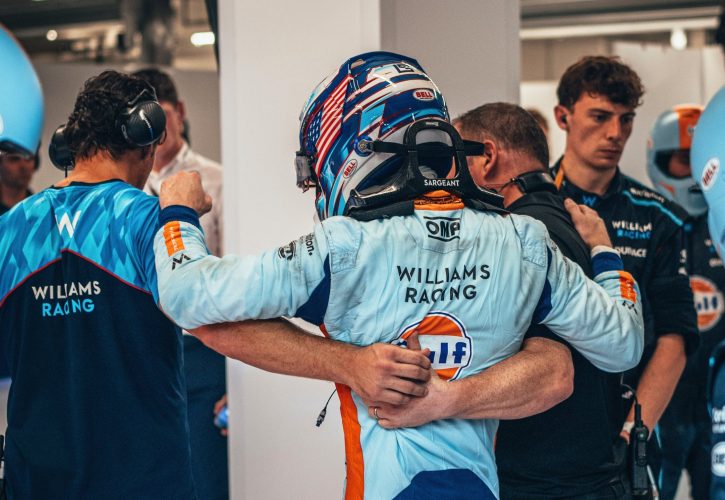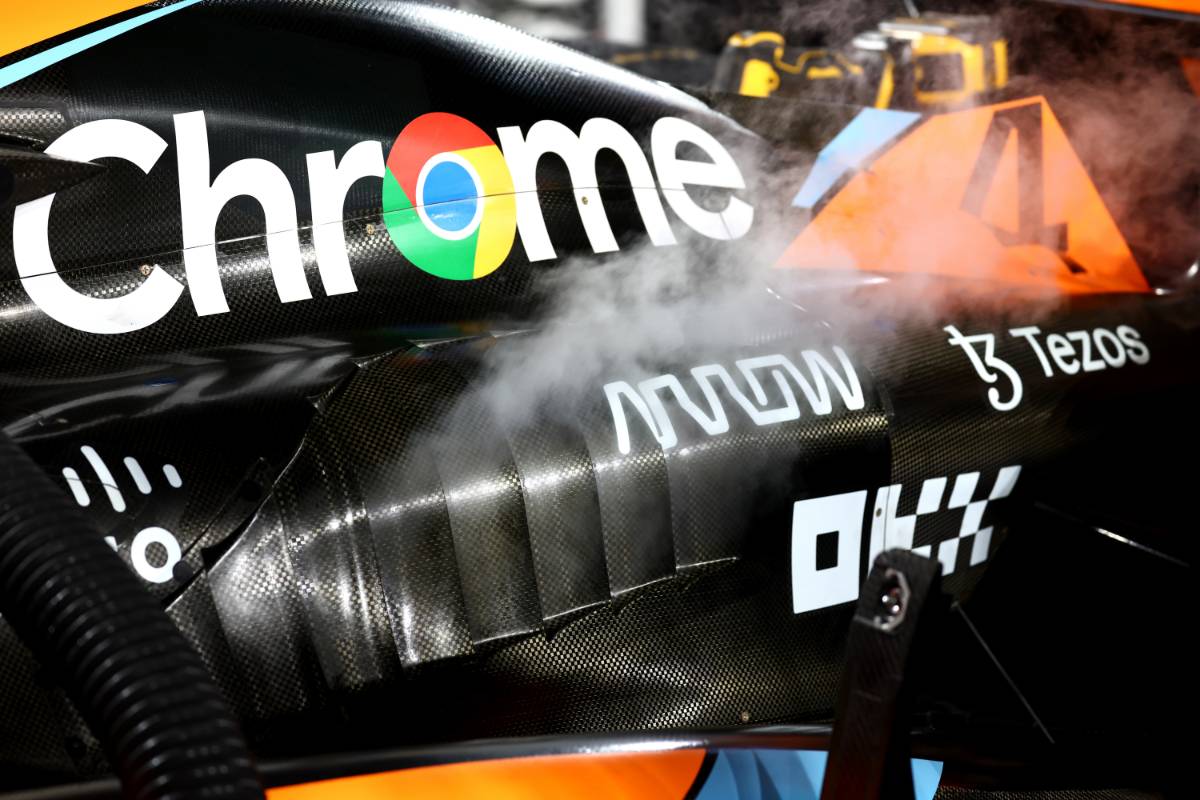
The FIA mandated this week the use of a special scoop on the underside of F1's cars to help alleviate cockpit temperatures in extreme heat conditions, but more solutions to improve driver comfort are on the horizon according to the governing body.
Despite more races than ever being held in the Middle East and Asia, the schedule has always endeavoured to avoid the hottest venues and times of day for key sessions such as qualifying or the race.
Singapore was seen as one of the most physically demanding Grand Prix weekends because of the high humidity even late into the evening. But this year, the race in Qatar raised the stakes even further.
Temperatures in the cockpit led to a number of drivers suffering from dehydration and heat stroke, having to be helped out of their cars and dispatched ot the medical centre as a precaution.
Worst hit of all was Williams' Logan Sargeant, who was forced to retire from the race before the chequered flag on health and safety grounds.
This week in Baku, the World Motor Sport Council ratified the introduction of a cooling scoop on next year's cars, a solution that should improve driver comfort in the future.
“That will improve the cooling in the cockpit,” the FIA's head of single seater affairs, Nikolas Tombazis, told the media. “That was a rejected idea from the teams previously that has now been approved.”

He said that the issue wasn't just about heat and humidity but also how demanding the track was. That's why it's possible to run in Hungary in full sunshine in the middle of the day, but Qatar after dark proved such a problem.
"It’s never been as bad as we had in Qatar," said Tombazis. "[It depends] whether it’s a track with very heavy g-loading like Qatar, or a circuit with generally speaking slower corners like Hungary, even though sometimes it can be very hot.
So there's some analysis there."
Driver cooling aids are already used in GT and saloon car racing but have been rejected by F1 because of concerns about the extra weight. The FIA is considering additional ways of addressing those worries.
“What we still haven’t put in as regulation but is a broad intention to have when the weather conditions exceed a certain level, to then get us, the FIA, to declare that the race is in those conditions and then to give an extra bit of weight for the cars – something like probably two kilos – which will be mandatory,” Tombazis revealed.

“And it’s mandatorily used for the purpose of cooling the driver.
“That will enable solutions such as cooling vests and these sorts of things to be fully investigated.
“We have wondered whether it would be best if we regulate what exactly would have to be fitted and we feel that if we start trying to standardise a system, the addendum and all of that would be quite a slow process.
“We feel if we give the teams, ‘you have two kilos, you must use it for this purpose’, it will be in their interest to do that because that will keep the drivers cool and focused and not lose any performance.”
Keep up to date with all the F1 news via Facebook and Twitter







